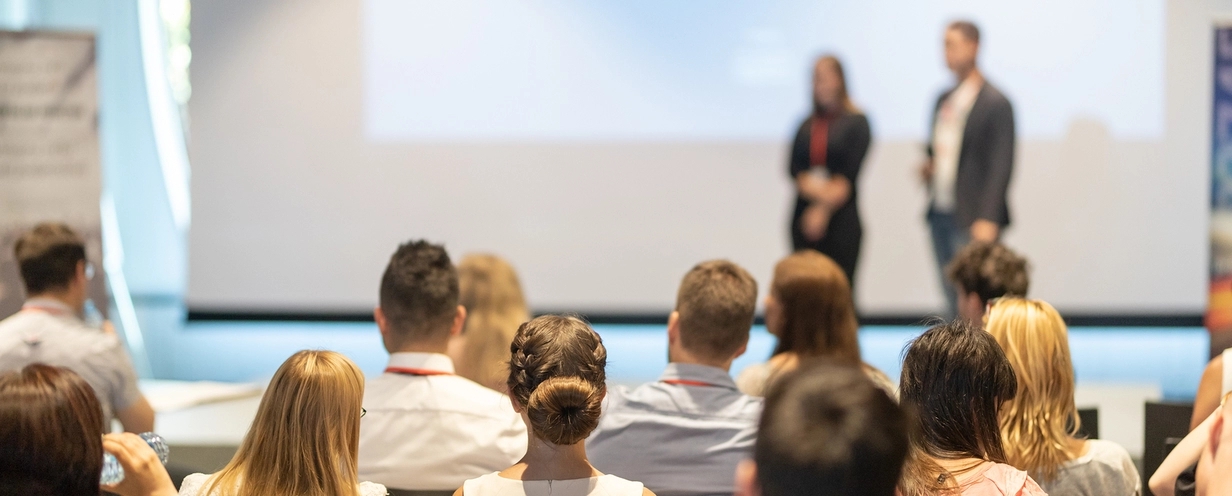
The product landscape is changing, are you ready?

Earlier this month I was able to attend Pendo’s ProductCraft conference, a place where conversations revolved around how to get product a seat at the table while keeping innovation a part of your culture. I heard from product leaders who changed the industry and took away lessons I won’t be forgetting any time soon. Here are my top three takeaways from the conference.
When you focus on the customer, it pays off
One of the trends I saw during the conference was that focusing on the customer pays off when it comes to building products that they’ll love. An example of this was shared during a session with Maiken Møller-Hansen, Head of Product for Alexa Mobile, where she described their “work backward” framework. Before they launch a product they write a mock press release as a way to gut-check whether a product is worth building. From there they work backward always starting with the customer and their needs rather than starting with an idea for a product and trying to gain customer usage after the fact. She ended her presentation with a quote from Frank Lloyd Wright,
You can use an eraser on the drafting table or a sledgehammer on the construction site.
By gaining a deep understanding of your customer pain points you’re able to build products that fit into their lifestyle while solving for a need they’re experiencing. Talking to them at every stage of the development process is crucial to keeping the customer in focus for the rest of the team.
Building a persona doesn’t mean you’re customer-centric
Building something that your customers don’t care about is surprisingly common. How does this happen? There are a few ways companies fall into the trap of thinking that they’re customer-centric when in reality they’re not. Tatyana Mamut, CPO at NextDoor, pointed out another trap: the belief that building personas means an organization is customer-centric. She presented two compelling arguments for why this isn’t the case, the first being that you can’t speak to your personas because they don’t exist. The second is that no matter how careful you are, your own bias will influence the creation of the personas, leading you further away from your customers instead of getting you closer. One thing she said that really stood out to me was that,
People are unique, not averages
If there was one thing that was clear is that you can’t build a product your customers will want to use without speaking to them and finding out what it is that they need.
A product should be for everyone, not just some
Accessibility and inclusive design was another key focus at the conference. Benjamin Earl Evans, Inclusive Design Lead at Airbnb, spoke about how focusing on inclusive design has helped Airbnb scale. He pointed out that before you can build for inclusion, however, you have to stop and recognize the exclusion that’s already occurring within your product. Evans initially noticed that everything within their product was in English—despite the fact that most of the world speaks languages other than English. By realizing this exclusion, they were able to localize their product which was key to their international growth. When it comes to building products many companies build for averages, but as product people, we have to start thinking about who’s falling out of the average. For example, there are over one billion people that have a disability of some kind, whether it’s permanent products you build. Building for accessibility and inclusivity impacts the bottom line, too. For Airbnb, they were able to expand internationally and change the travel and hospitality industry across the world while making their products more usable for everyone.
Times are changing
Building the right product is more important than ever. But how do you know if it’s right? That’s pretty clear—you need to talk to your customers and make sure that you’re keeping them front and center at every stage of the development process. It was clear that continual human insight is the differentiator that sets products and brands apart from the competition.
Want to learn more?
To learn how UserTesting can help you understand your customers through on-demand human insight, contact us here.
In this Article






